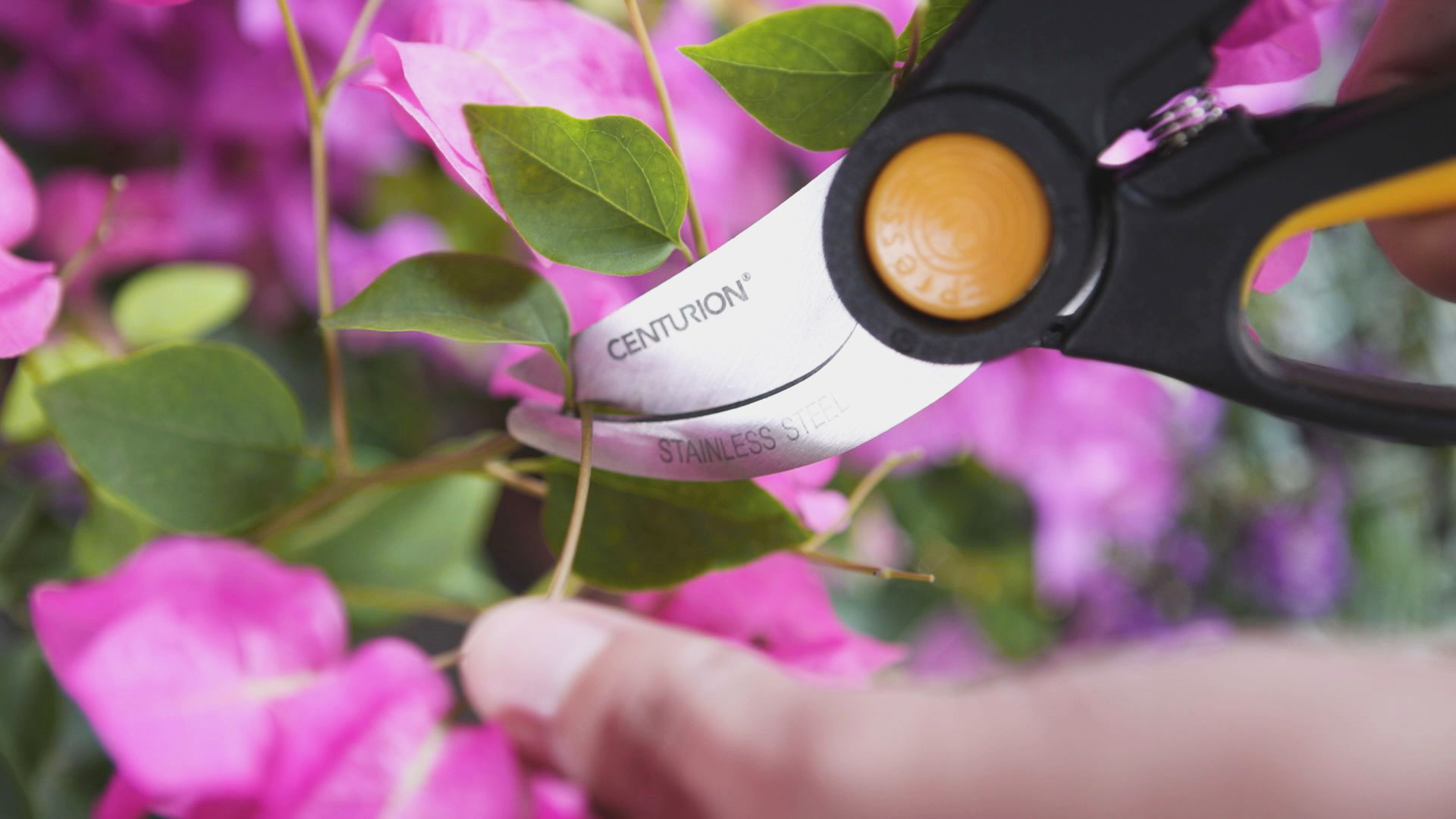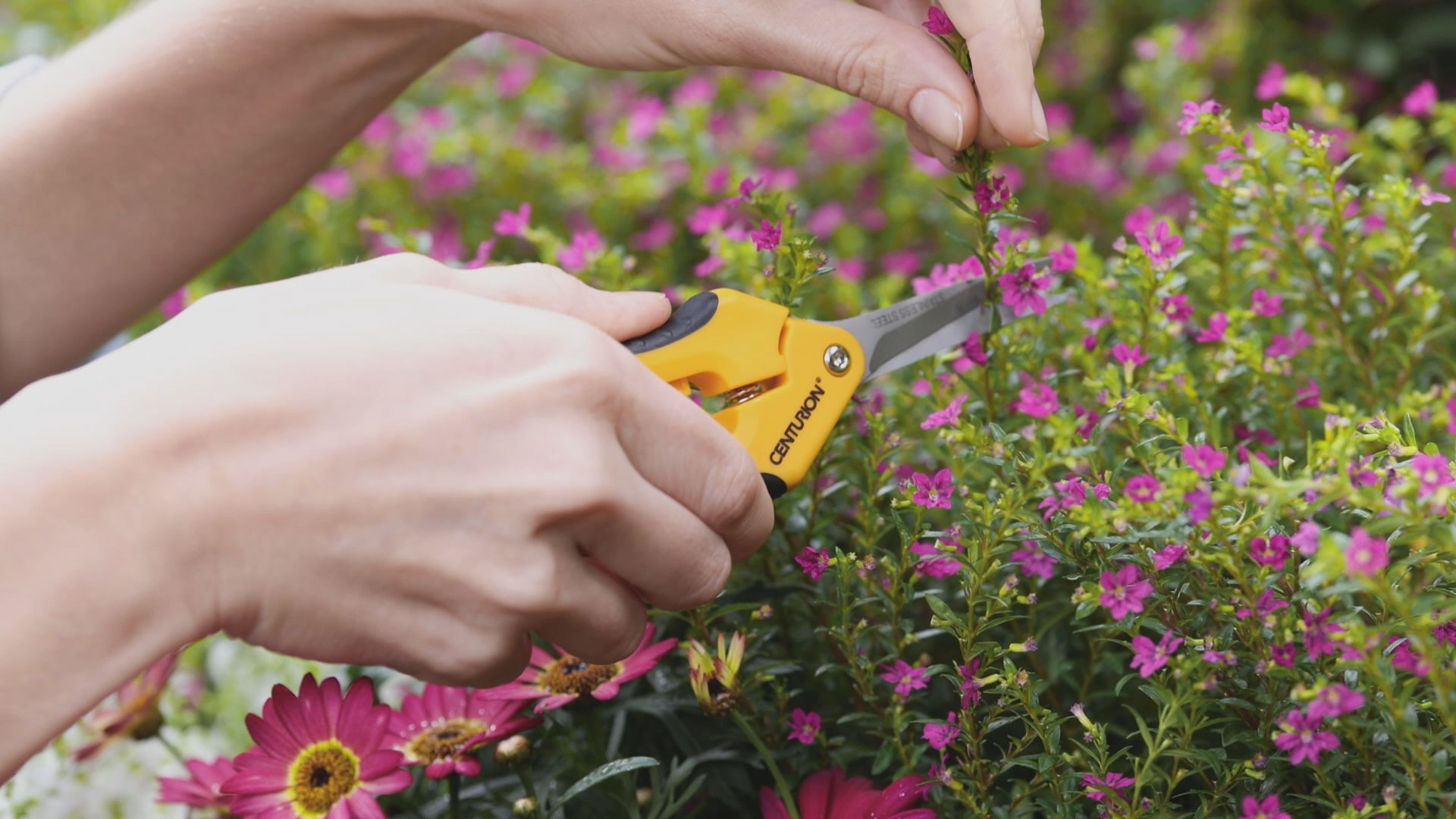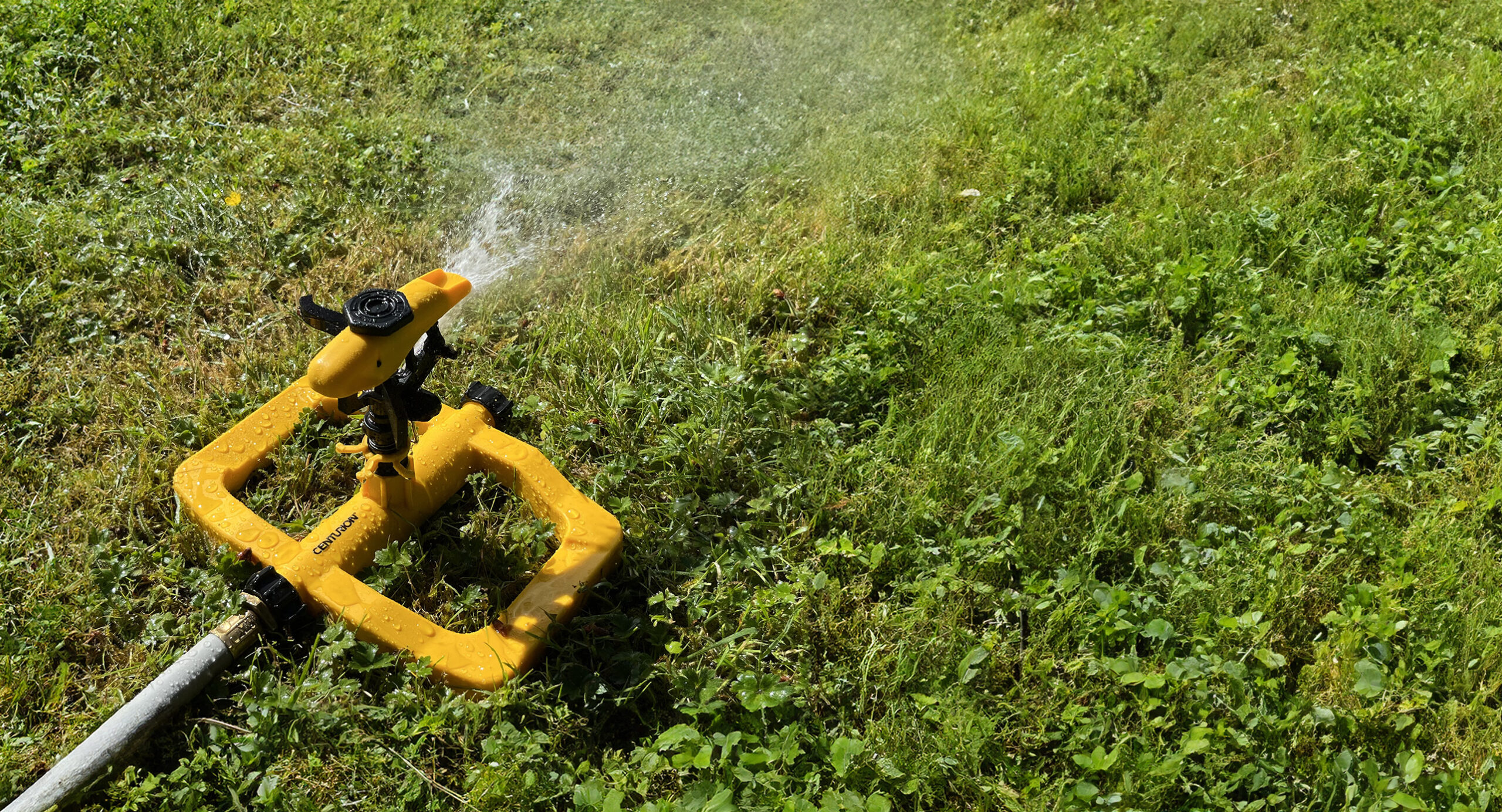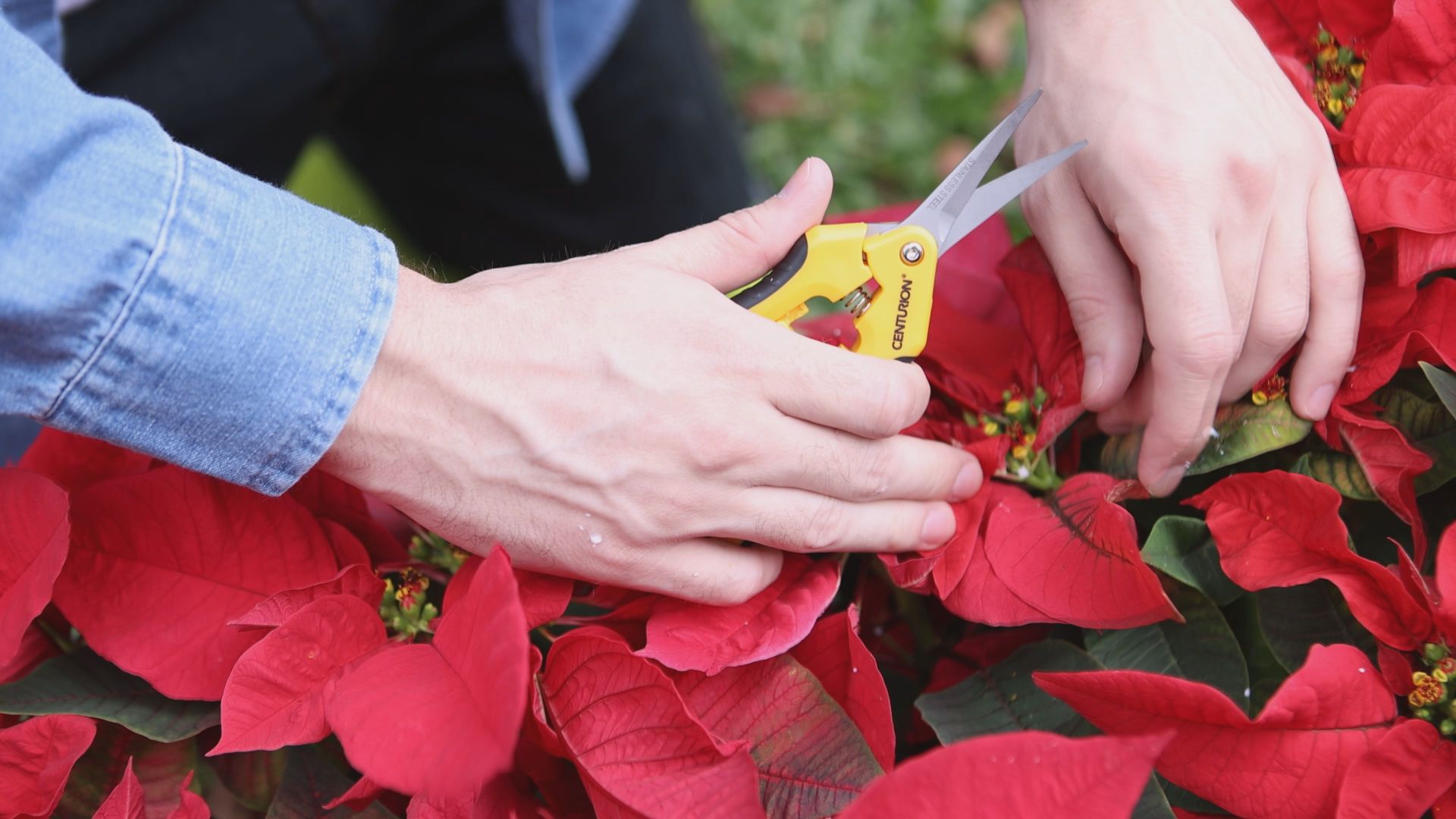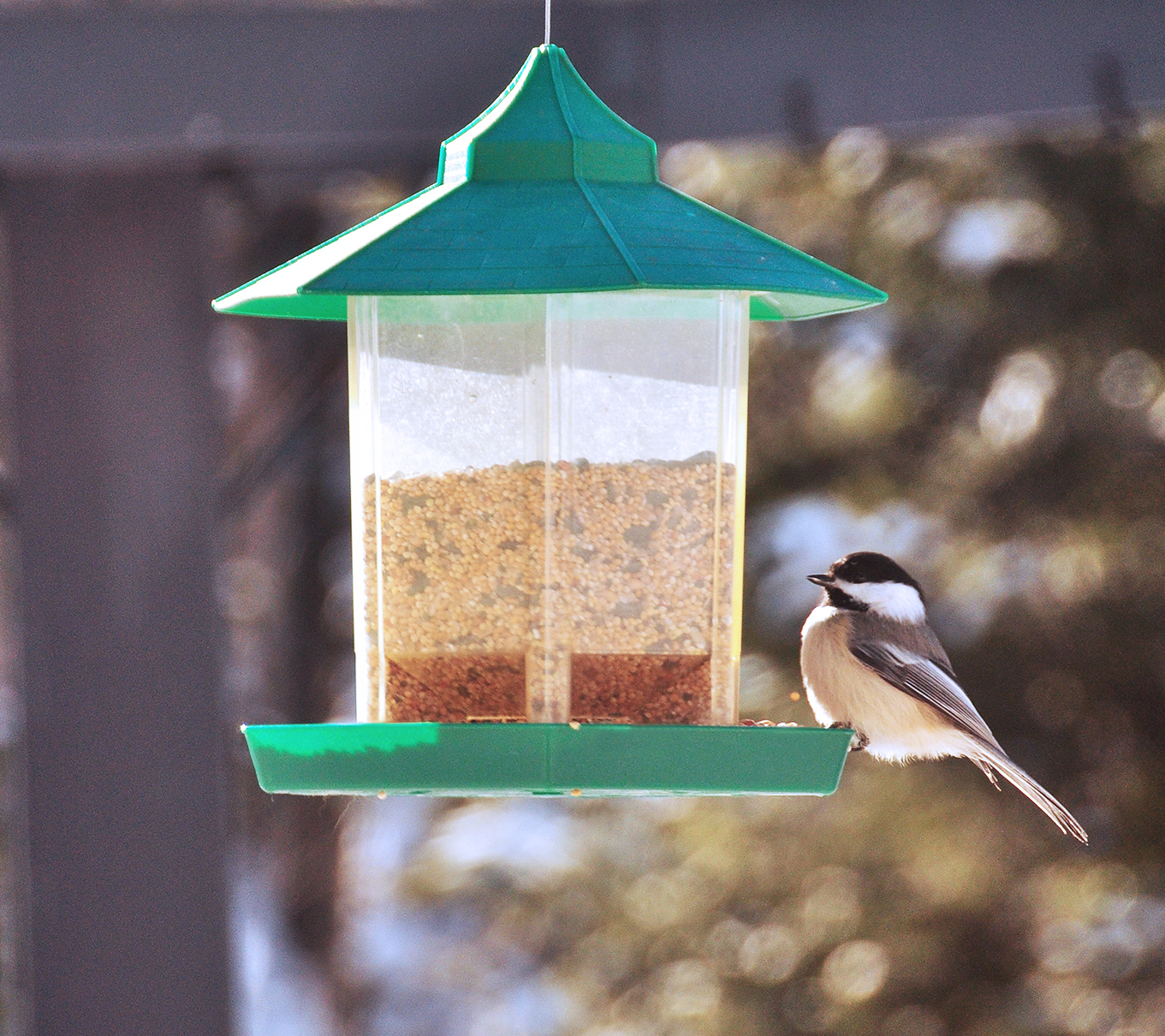Pruning can be a stressful task. “What should I prune?” and “When should I prune it?” are the most often asked questions. A little knowledge of pruning basics will demystify this subject and have you pruning like a pro.
Pruning 101
- Always start by removing any dead, diseased or damaged wood. Cut them all the way back to the ground or main stem.
- Prune summer-flowering shrubs in late winter or early spring.
- Prune spring-flowering shrubs after they flower.
Spring Flowering Shrubs
Spring flowering shrubs bloom on old wood, branches that grew and set their flower buds last year. If they are pruned in early spring, they won’t bloom because the flowering buds have been cut off. It’s best to prune these types of plants after they flower. A good quality bypass pruner will make clean cuts and light work of his job. Common varieties include: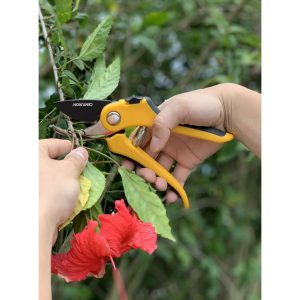
#1556_Bypass pruner
- Lilacs
- Forsythia
- Azaleas and rhododendrons
- Spirea
- Bigleaf and oakleaf hydrangeas
Summer Flowering Shrubs
Summer and fall flowering plants will bloom on new wood, branches that start to grow in the spring. Late winter and early spring are good times to prune because they haven’t set flower buds yet. Common varieties include:
- Smoke bush
- Summersweet
- Russian sage
- Crape myrtle
- Panicle and Annabelle hydrangeas
Restorative Pruning
Just like it sounds, restorative pruning is bringing an overgrown shrub back to its beautiful self. Be patient, this is a process best done over three years. This spring cut out one-third of the thickest branches right down to the ground. A multi-gear lopper is the best tool for this job. The gears give them a lot of extra power and the telescoping handles make it much easier to get into the center of the plant. Overgrown lilacs, spirea and honeysuckle respond well to this kind of pruning. Repeat the process for the next two years.
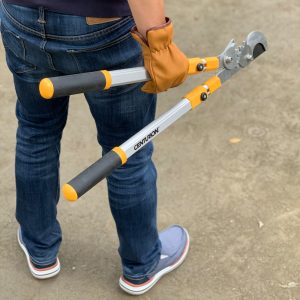
#76 Multi-gear lopper_01
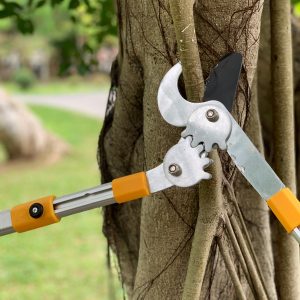
#76 Multi-gear lopper_02
Rejuvenating Pruning
Rejuvenating pruning means to cut a shrub all the way back to a few inches above the ground. The shrub is basically starting over. In the case of red and yellow twigged dogwoods, it will mean that you will get the most vividly colored stems. Older bark loses brightness. For many others, it will control the height and encourage the biggest flowers. Most of this work is done on your knees and a good pair of knee pads will make the task much more pleasant. Common varieties that respond well to this type of pruning are: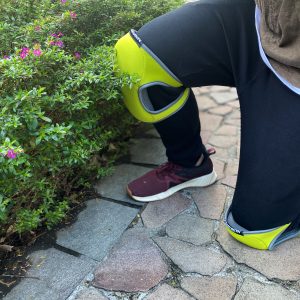
#1385_EVA Knee pads
- Butterflybush
- Annabelle Hydrangea
- Privet
- Potentilla
- St. Johnswort
Just Prune It
Get out there and go for it! Plants are much more forgiving than you might think. If you prune a shrub at the “wrong” time, it may not bloom that year but it’s unlikely to kill the plant. If by some rare chance it does, chalk it up to experience. Learning from your mistakes is a big part of gardening and it’s ok. Using the right tools for the job makes for a much happier gardener. Wrestling with a dull saw or pruner is aggravating. Invest in a few good tools and work smarter, not harder.

